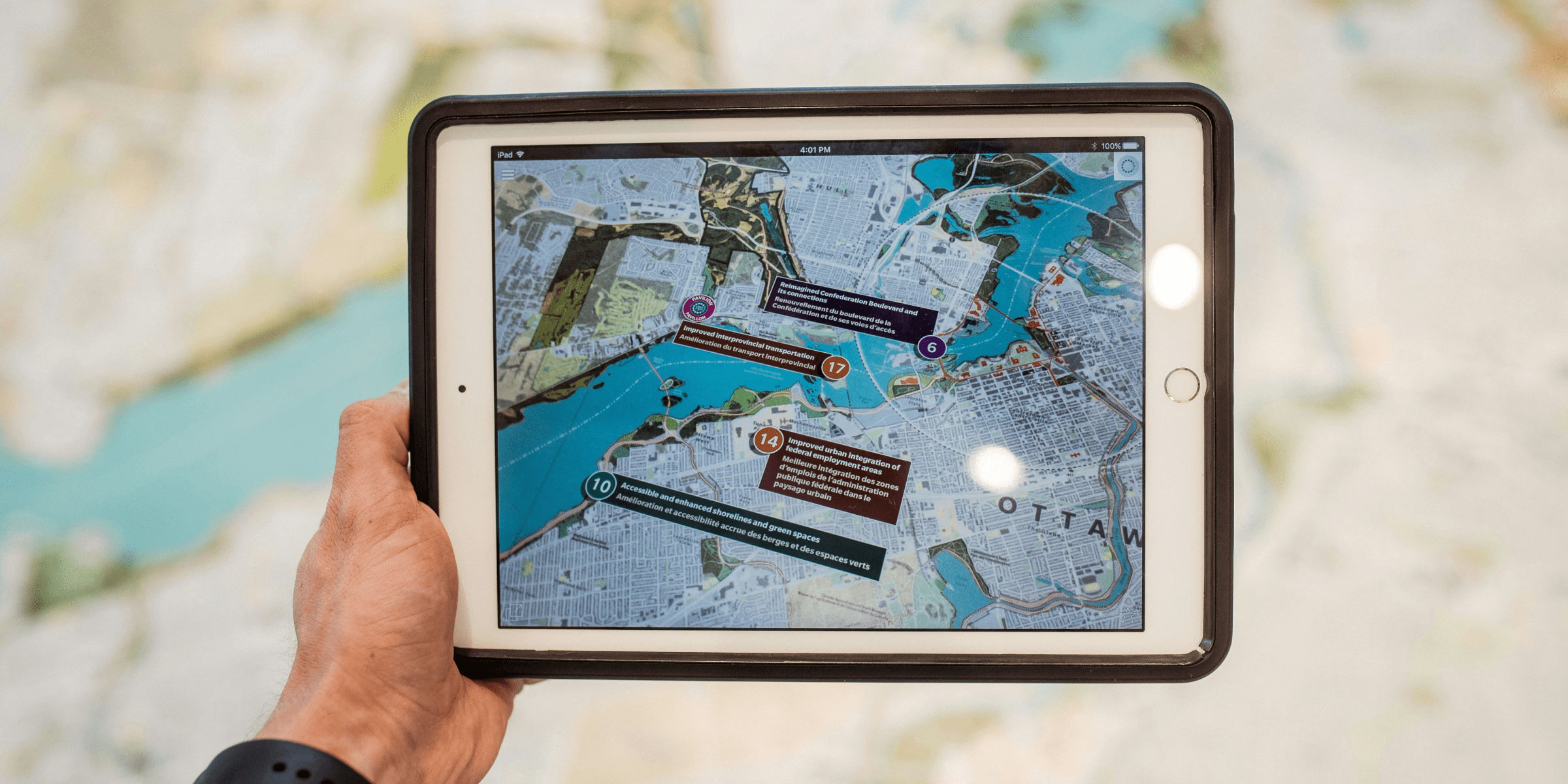React Native and Augmented Reality: Bringing AR Experiences to Mobile Apps

Augmented Reality (AR) has revolutionized the way we interact with digital content, blurring the lines between the virtual and physical worlds. With the increasing popularity of mobile apps, integrating AR into React Native applications opens up a world of possibilities for immersive user experiences. In this blog post, we'll explore how React Native can be combined with AR technologies to create engaging and interactive mobile apps.
Introduction to Augmented Reality
What is Augmented Reality?
Augmented Reality is a technology that overlays digital content onto the real world, enhancing the user's perception of reality. Unlike Virtual Reality (VR), which immerses users in a completely digital environment, AR integrates virtual elements into the user's physical surroundings.
Applications of Augmented Reality
- Gaming: AR gaming apps like Pokemon Go have gained widespread popularity, allowing players to interact with virtual characters in real-world locations.
- Retail: AR enables virtual try-on experiences for clothing and accessories, enhancing the online shopping experience.
- Education: AR can be used to create interactive learning experiences, bringing textbooks and educational materials to life.
Integrating AR with React Native
Using ARCore and ARKit
- ARCore: Developed by Google, ARCore is a platform for building AR experiences on Android devices.
- ARKit: Apple's ARKit provides similar capabilities for iOS devices, allowing developers to create immersive AR apps for iPhones and iPads.
React Native Libraries for AR
- React Native ARKit: A library that enables AR development for iOS using React Native.
- React Native ARCore: Allows developers to create AR experiences for Android devices using React Native.
Building an AR App with React Native
Setting Up the Development Environment
- Install React Native CLI: Use the React Native CLI to create a new project.
- Add AR Dependencies: Install the necessary dependencies for AR development, including React Native ARCore or React Native ARKit.

Creating AR Components
- Scene Creation: Define the virtual scene and add 3D models, animations, or text overlays.
- User Interaction: Implement gestures or touch controls to enable user interaction with AR elements.
- Tracking and Anchoring: Use ARCore or ARKit APIs to track the device's position and anchor virtual objects to real-world surfaces.
Testing and Debugging
- Device Testing: Test the AR app on physical devices to ensure compatibility and performance.
- Debugging: Use React Native's debugging tools to identify and fix issues during development.
Best Practices for AR Development
Performance Optimization
- Optimize 3D Assets: Reduce the complexity of 3D models and textures to improve performance on mobile devices.
- Minimize Overlays: Limit the number of virtual overlays to prevent cluttering the AR scene and maintain smooth performance.
User Experience
- Intuitive Controls: Design user-friendly interactions that are easy to understand and navigate.
- Visual Feedback: Provide visual cues to indicate interactions with AR elements, such as highlighting or animation effects.
Accessibility
- Consider Accessibility Features: Ensure that AR experiences are accessible to users with disabilities by providing alternative means of interaction or audio feedback.
Conclusion
Augmented Reality has the potential to transform mobile app experiences, offering new opportunities for engagement and immersion. By combining the power of React Native with AR technologies like ARCore and ARKit, developers can create innovative and interactive apps that push the boundaries of what's possible on mobile devices. Whether it's gaming, retail, or education, AR opens up a world of possibilities for creating compelling mobile experiences that captivate and delight users.
Consult us for free?
View More


